
Health & Safety
The Dangers Of Black Ice In The Workplace
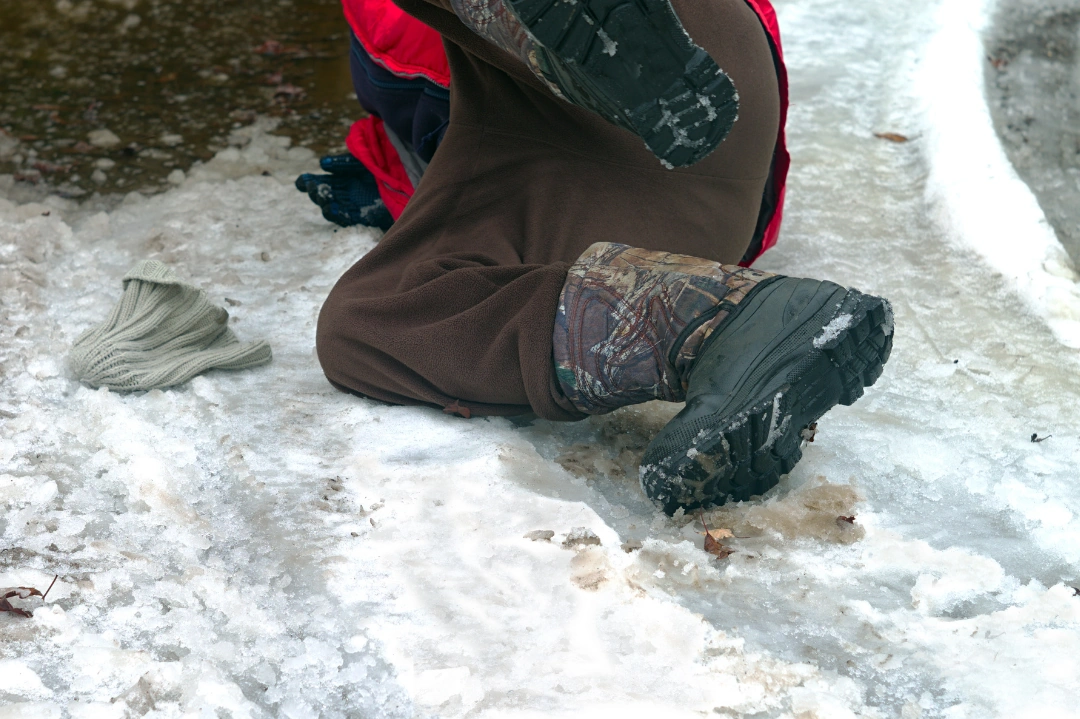
Black ice is a hidden workplace hazard that can catch even the most vigilant lone workers off guard. This invisible layer of ice forms on roads and walkways, making it a significant risk during the winter months. Employers must understand the dangers of black ice to prevent accidents and protect workers.
Read MoreEnvironmental Health And Safety And Your Business
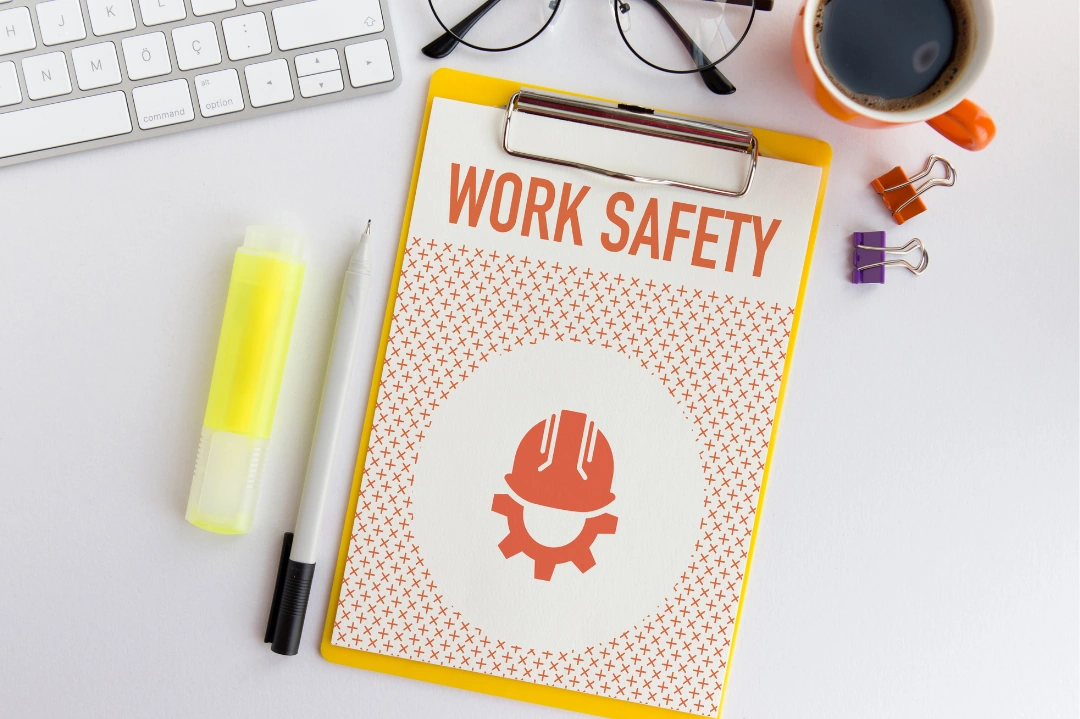
Employee safety is the biggest priority for businesses across the country, but how do you ensure that operations are safe and secure? Environmental Health and Safety (EHS) is a key component in addressing this challenge, focusing on protecting the environment and employee well-being.
Read MoreHow The Buddy System Can Keep Your Workers Safe

Keeping workers safe is a top priority, especially for those who perform their duties alone. Working without direct supervision brings added risk, whether in construction, home healthcare, maintenance, or remote fieldwork. That’s where the buddy system comes in.
Read MoreCommon Types Of Hazards In The Workplace And How To Manage Them
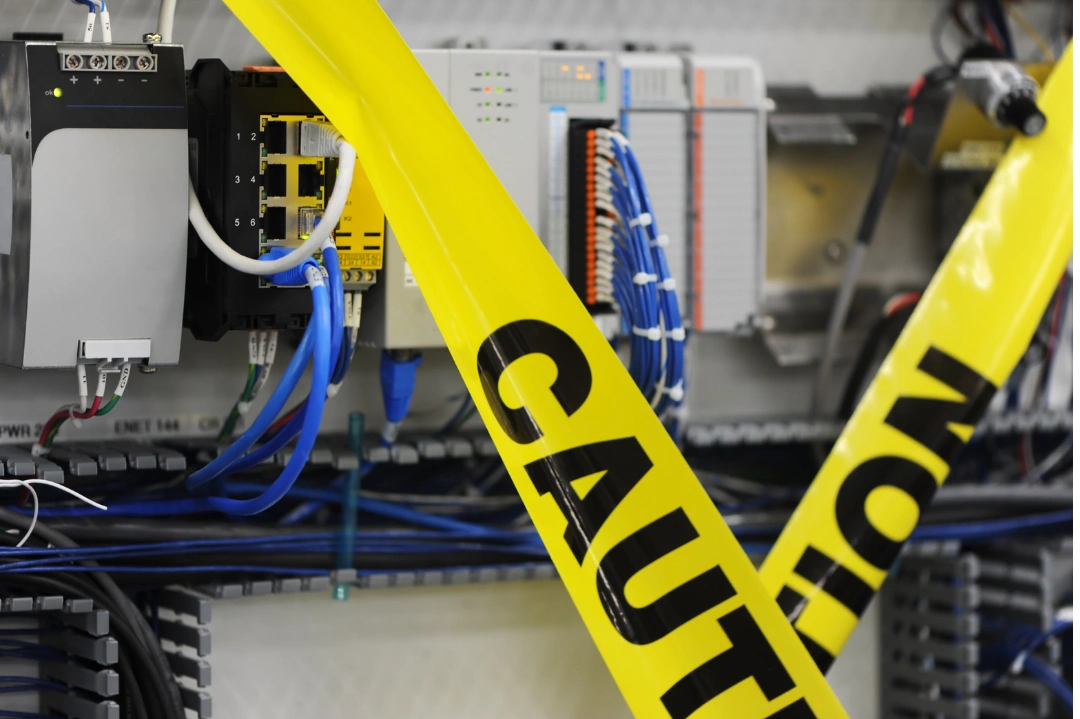
Lone workers are uniquely at risk in a workplace. With no one around to help them if something goes wrong, even a minor incident could have major outcomes.
Read MoreTop 10 Most Common Ergonomic Hazards For Lone Workers

Ergonomic hazards pose significant risks to solitary workers, who often lack immediate support in their roles. Employers must prioritize the safety and productivity of these workers, not just to meet compliance standards but to enhance overall workforce efficiency and health.
Read MoreHealth, Safety, And Environment: HSE Practices For Protecting Employees And The Environment
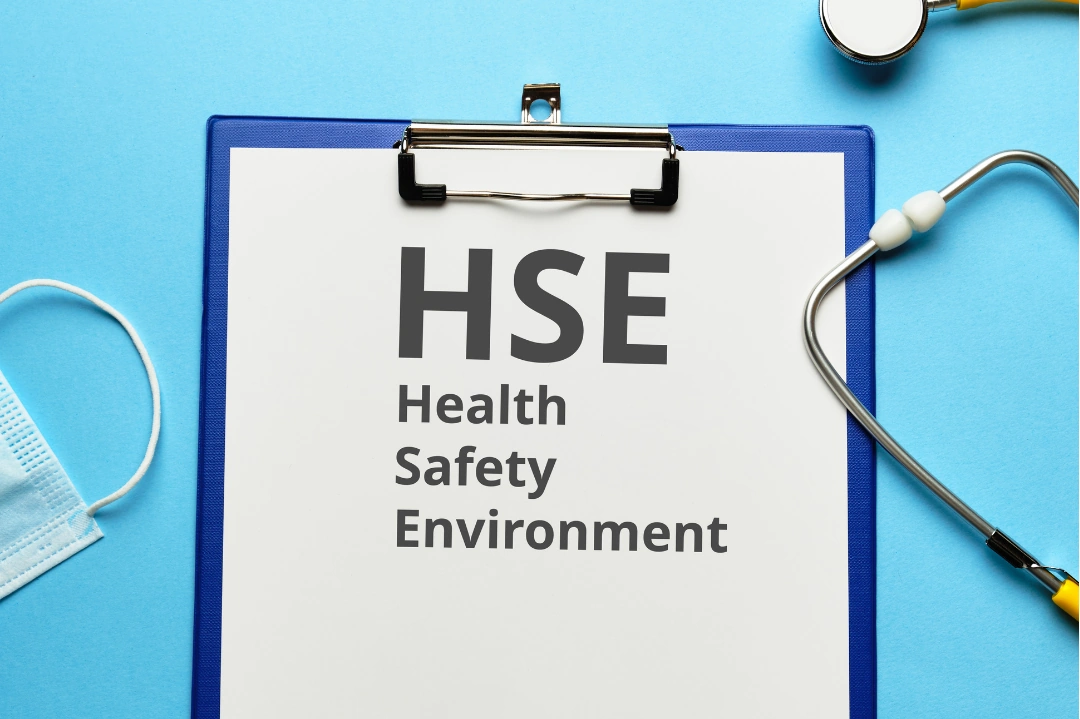
Health, Safety, and Environment (HSE) principles guide organizations in reducing workplace risks and protecting the natural world. For employers of lone workers in industries like construction, utilities, and field service, HSE strategies provide a foundation for safer, more responsible operations.
Read MoreTop 5 Safety Topics For The Workplace
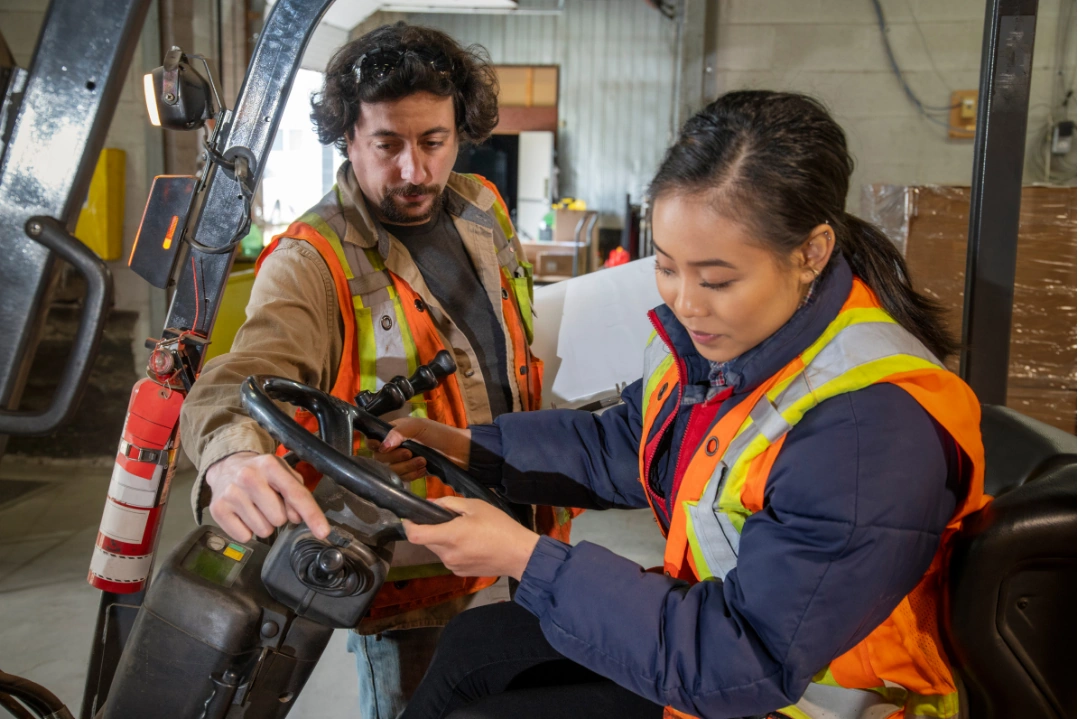
Employers face a major challenge in keeping lone workers safe. These workers are often in remote and isolated settings. Because of this, they need tailored safety protocols to address their specific risks. Discover how employers managing lone workers can understand compliance requirements and hazard management to keep their workplace safe.
Read MoreFlammable Liquids In The Workplace: Safety Measures And Recommendations
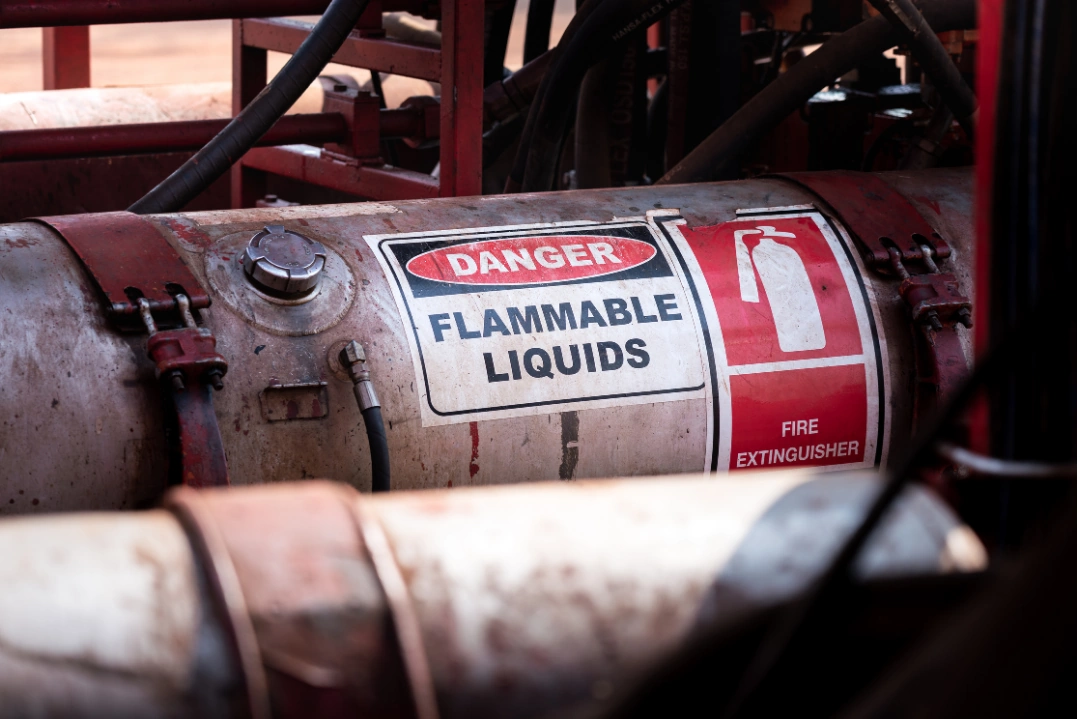
Many industries use flammable liquids, including construction, maintenance, and manufacturing. While essential to certain tasks, these substances pose major risks when handled improperly. Fires, explosions, and harmful exposure often result from poor storage or lack of training.
Read More


